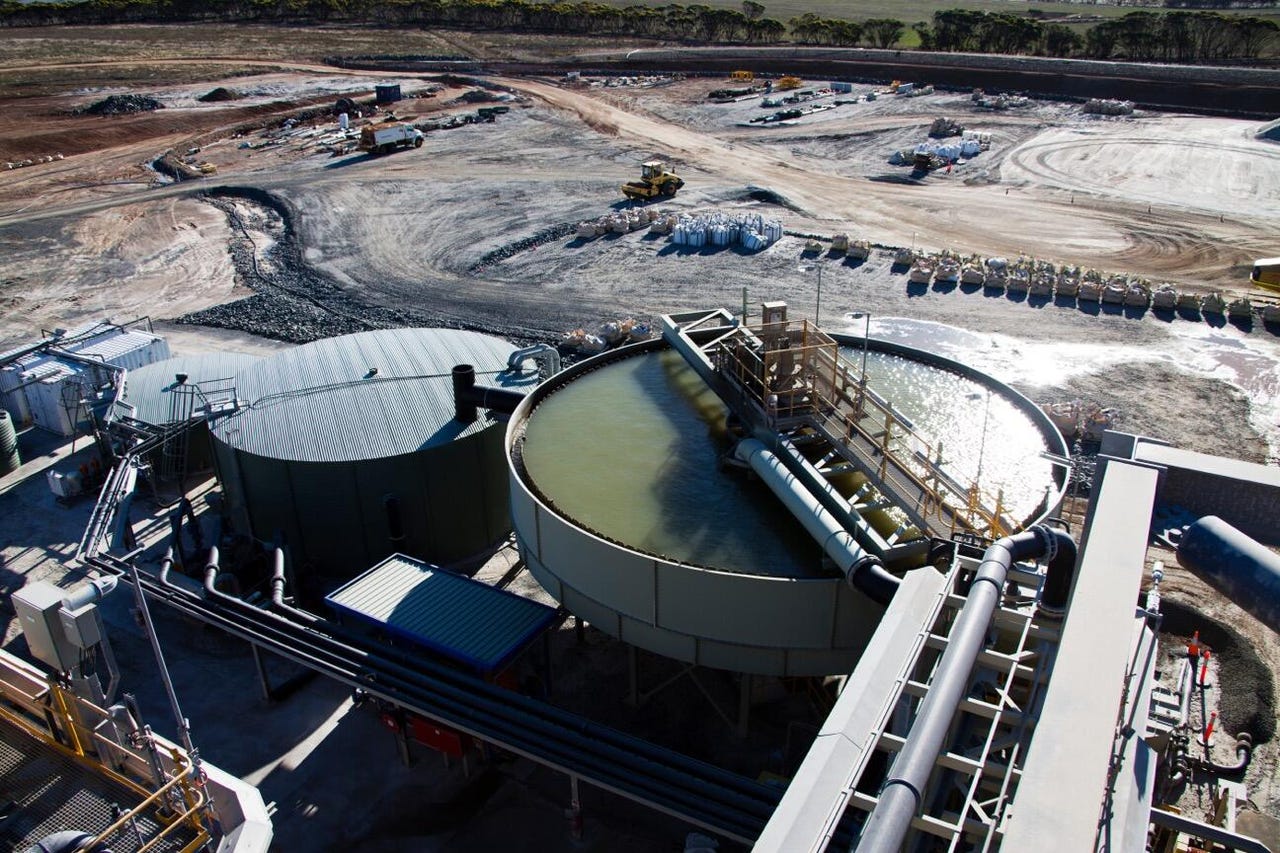
































Lithium processing at a mine in Western Australia
Adrian Kingsley-HughesThe first commercially available lithium-ion batteries appeared in the early 1990s and have since revolutionized pretty much every aspect of modern technology, allowing for safe, cheap, high-power density rechargeable batteries to be put into devices ranging from earbuds to cars.
What is the best electric car? The Tesla Model 3 is ZDNet's top pick. We researched the top EV brands and compared their electric car models by factors such as innovation, affordability, energy efficiency, and more. We also found the best cheap electric car and other honorable mentions.
Read nowEach of these batteries contains an element called lithium. A smartphone battery holds a couple of grams of lithium, but an electric vehicle (EV) battery uses around 10kg of the element.
It's easy to see how EVs are going to completely change how much lithium we need to sustain this electric revolution.
This year, we're predicted to consume some half a million metric tons of lithium, but by 2035, the demand for lithium is expected to increase to at least 3.7 million tons.
I've been meaning to crunch the numbers on this for a while now, but fortunately for me, Prof David Kipping of the YouTube channel Cool Worlds has done this for us.
So, will lithium run out?
Crunching the data suggests projected supply should keep up with projected demand through 2028, ramping up much faster than the exponential growth that we've seen so far.
This is good news, right?
Not so fast.
Kipping takes the protections out to 2040, and here we see demand shoot up to over 5 million tons, massively outstripping supply which is projected to flatline.
It is important to note that the supply only takes into consideration planned mining projects, so this could change.
But still, it's something that could put a crimp in the transition to EVs.
Another aspect that needs addressing is recycling.
While I can see a lot of talk about how companies like Apple and Tesla are taking care of the environment by shifting to recycling, data by McKinsey & Company shows that the amount of lithium that comes from recycling is shockingly low and isn't projected to get all that much better by 2030.
Estimated global lithium production by source
McKinsey & CompanyBut if we're going to be digging lithium out of the ground at the rate of several million tons a year by 2030, we need to be thinking about recycling it rather than continually digging it out of the ground.
Because lithium is not an infinite resource.
In fact, according to Kipping, once EVs dominate the car market, there's about 70 years' worth of lithium until the identified global reserves are themselves depleted.
After that, we'd have to turn to pulling lithium from the sea, which is a much more expensive proposition.
But any plans for a carbon-zero economy and slowing the now quite noticeable effects of climate change will rely on us solving these issues.
 Горячие метки:
3. Инновации
Горячие метки:
3. Инновации